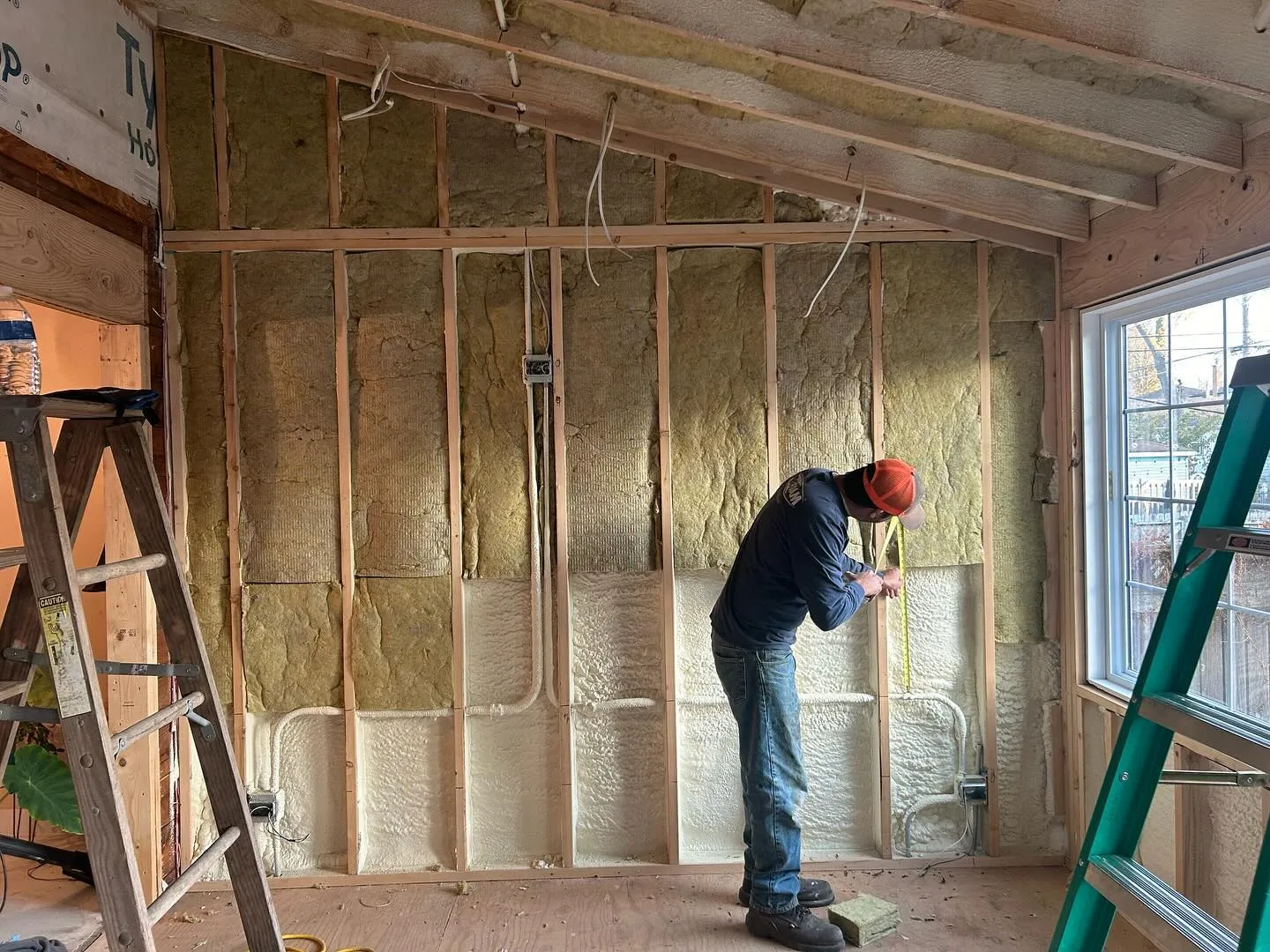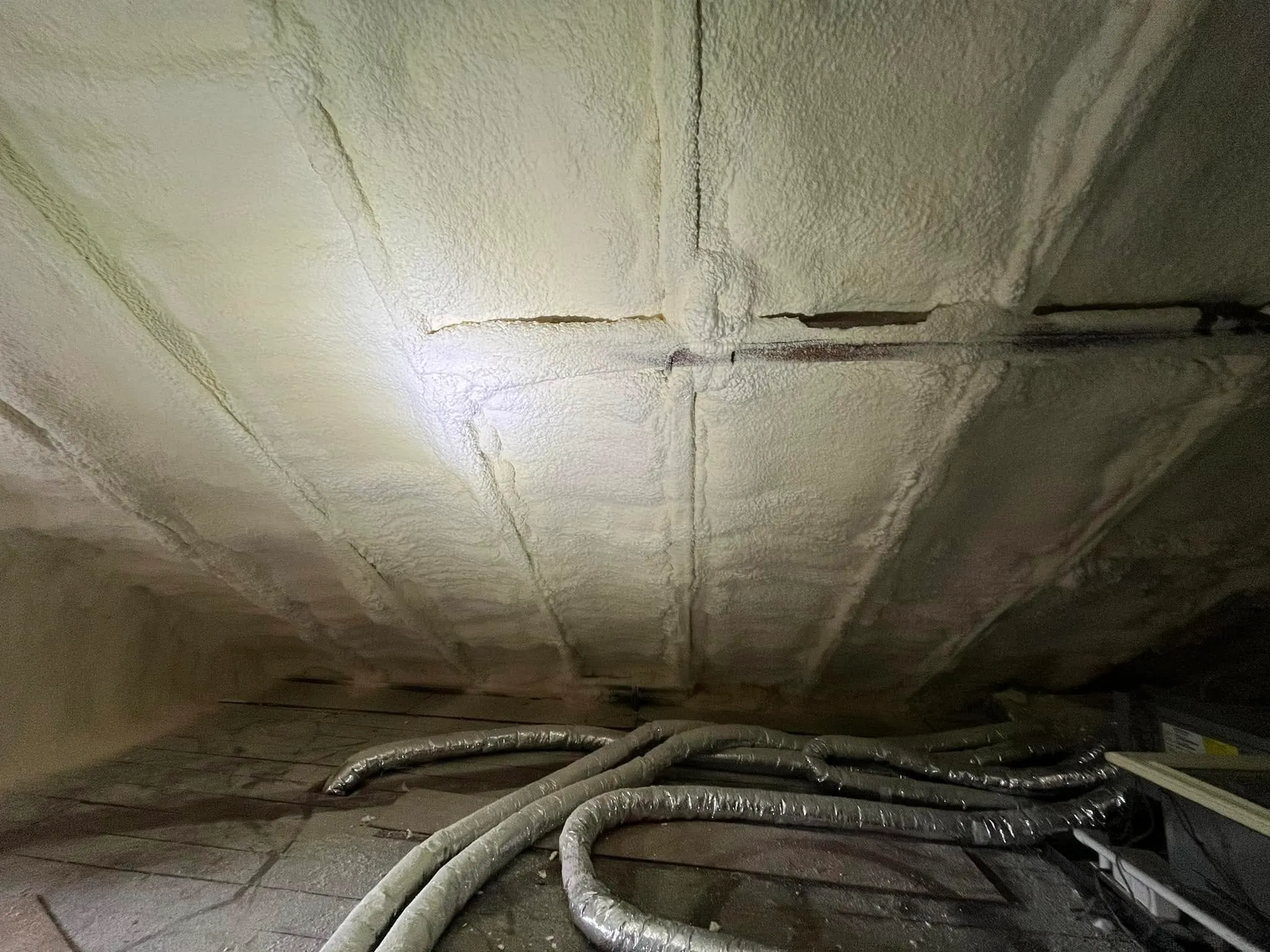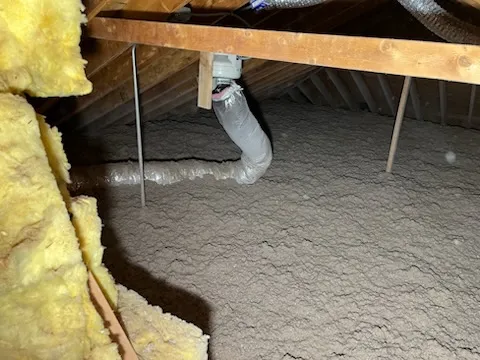
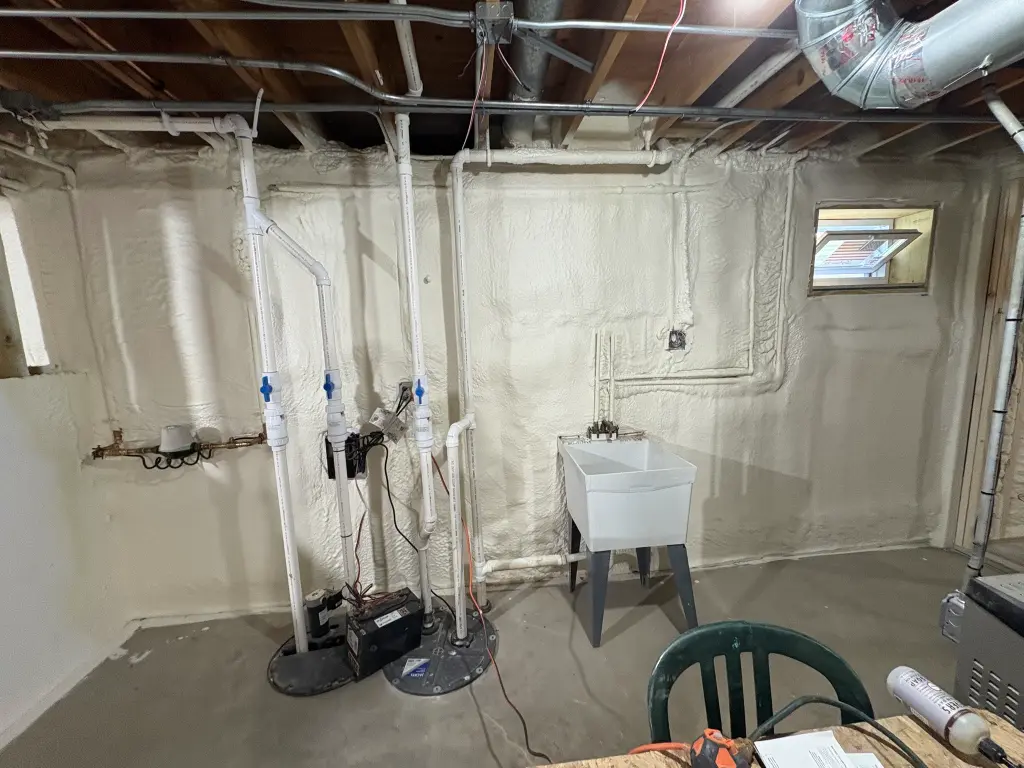
Many homes in Beverly experience energy loss through wall assemblies due to outdated or insufficient insulation. Wall cavities, especially in older construction, often lack continuous thermal barriers, allowing conditioned air to escape and outdoor temperatures to penetrate the interior.
Heat transfer through walls can account for 20% to 30% of a home’s total energy loss (U.S. Department of Energy). Insufficient wall insulation directly increases HVAC load, resulting in higher utility bills and uneven indoor temperatures.
This guide outlines common causes of energy loss through walls, compares insulation solutions, and shares technical and climate-specific considerations based on experience in residential and retrofit insulation across the South Side of Chicago.
In Beverly, where temperature swings from lake-effect winds and humid summers are common, these indicators often point to thermal bridging or lack of air sealing within wall assemblies.
| Insulation Type | Wall Application Method | R-Value per Inch | Air Seal Quality | Moisture Resistance | Retrofit Friendly |
|---|---|---|---|---|---|
| Closed-Cell Spray Foam | Applied directly to cavity | R-6.5 to R-7 | Excellent | High | Moderate |
| Open-Cell Spray Foam | Expands into cavity | R-3.5 to R-4 | Good | Low | Moderate |
| Blown-In Cellulose | Dense pack or loose-fill | R-3.2 to R-3.8 | Moderate | Moderate | High |
| Fiberglass Batts | Cut and fitted into cavities | R-3 to R-3.8 | Low | Low | Low |
| Mineral Wool Batts | Friction fit into wall bays | R-4 to R-4.3 | Low | High | Low |
Bonus Tip: Retrofit applications in Beverly homes often benefit from dense-packed cellulose or closed-cell spray foam. These options seal irregular cavities and add density without full wall demolition.
| Component | Typical Specification |
|---|---|
| Minimum Wall R-Value (IECC) | R-13 (Climate Zone 5) |
| Optimal Retrofit R-Value | R-20 to R-24 |
| Air Infiltration Rate Target | < 0.35 ACH (Air Changes per Hour) |
| Spray Foam Curing Temp Range | 60°F – 85°F |
| Moisture Perm Rating (Closed-Cell) | <1 perm (Class II Vapor Retarder) |
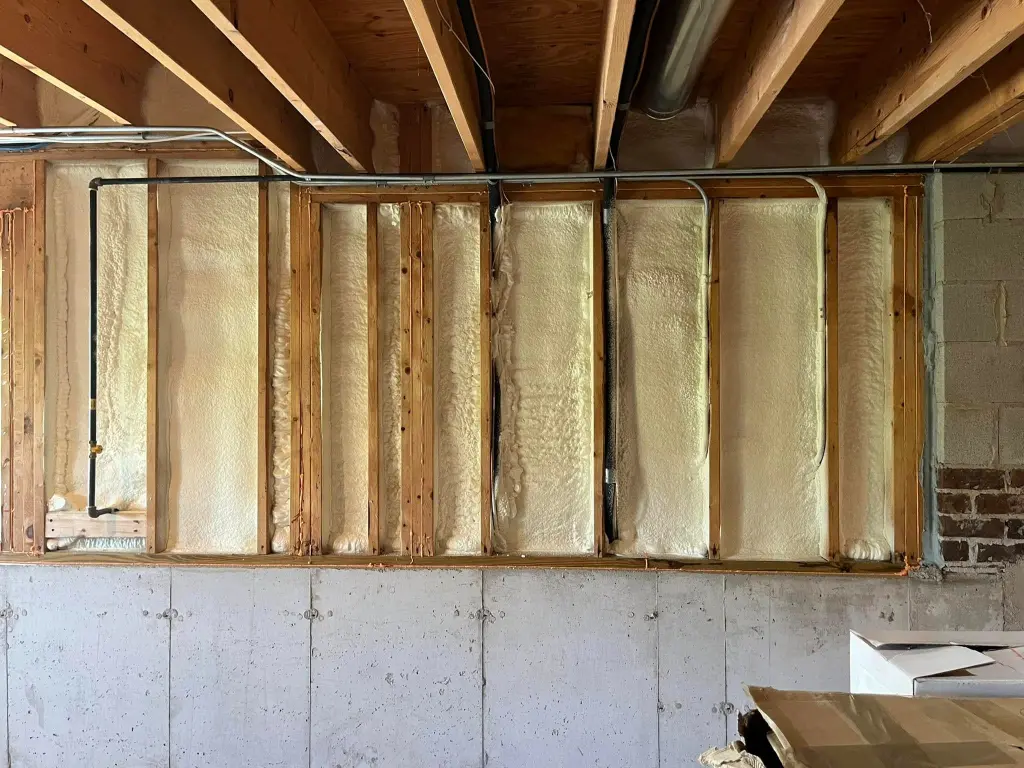
1. Existing Wall Structure Masonry walls and wood-framed walls require different insulation strategies. Know what you’re working with before selecting materials.
2. Access to Wall Cavities Retrofits may involve drilling or removing drywall. Blown-in options minimize disruption in finished homes.
3. Permitting and Codes Beverly falls under Chicago’s municipal code. Retrofitting insulation must comply with local fire, vapor, and energy codes.
4. Indoor Air Quality Improved air sealing should be paired with proper ventilation. Evaluate whether your home requires additional fresh air intake.
Bonus Tip: Always test existing insulation before upgrades. Infrared imaging or blower door tests can identify voids or compressions not visible during visual inspection.
South Chicago Insulation offers services that directly address energy loss through walls:
Yes. Blown-in cellulose or injection foam can be installed through small holes, reducing damage to finished walls.
When installed correctly and allowed to cure properly, spray foam is safe and stable. Ventilation during application is required.
Spray foam and cellulose typically last 30+ years with minimal degradation if kept dry and sealed.
For sound control or room-specific temperature control, yes. Otherwise, focus on exterior walls for energy savings.
Questions about how much energy your walls are wasting? South Chicago Insulation offers professional guidance backed by years of experience across Beverly and surrounding areas. Reach out to schedule an assessment.
Phone: (779) 803-8025
Email: [email protected]
Closed-cell spray foam or dense-pack cellulose perform well in Chicago’s mixed climate, balancing thermal resistance and moisture control.
Use an infrared camera or drill a small inspection hole in a closet or utility area to inspect cavity contents.
Yes. Materials like cellulose and open-cell foam provide sound dampening benefits in addition to thermal resistance.
Proper insulation and air sealing can prevent condensation, lowering the risk of mold formation. Moisture control is key.
Inspect every 5–10 years or after major storms, remodeling, or signs of moisture intrusion.

